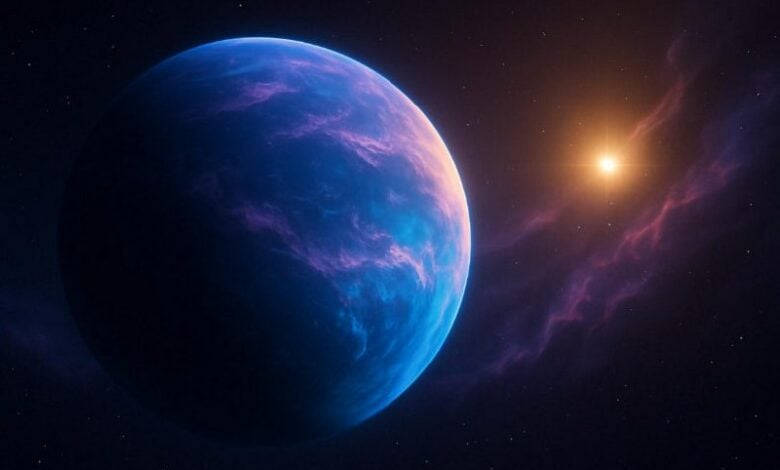New Study Finds Earth-Like Planets Common Around Small Stars

New Study Finds Earth-Like Planets Common Around Small Stars
—————————-
A recent study led by astronomers at Heidelberg University has revealed that Earth-like planets may be far more common than previously believed, especially around small, low-mass stars known as M-dwarfs, Earth.com reported. Using data from the CARMENES project, the team discovered four new exoplanets orbiting 15 M-type stars, with precise measurements of their characteristics.
M-dwarfs, which have less than one-sixth the mass of the Sun, are the most abundant stars in our galaxy. These stars are promising targets for finding potentially habitable planets due to their size and longevity. The CARMENES spectrograph, based at Calar Alto Observatory in Spain, detects subtle stellar wobbles caused by orbiting planets, enabling the discovery of these new worlds.
Among the newly found planets, one is 14 times Earth’s mass, while others range between 1.03 and 1.52 Earth masses, with orbital periods of 1.43 to 5.45 days. Statistical analysis indicates that stars with less than 0.16 solar masses typically host about two small planets each.
This research advances the search for habitable worlds, highlighting M-dwarfs as prime candidates for hosting small, rocky planets within their habitable zones, where liquid water could exist.






